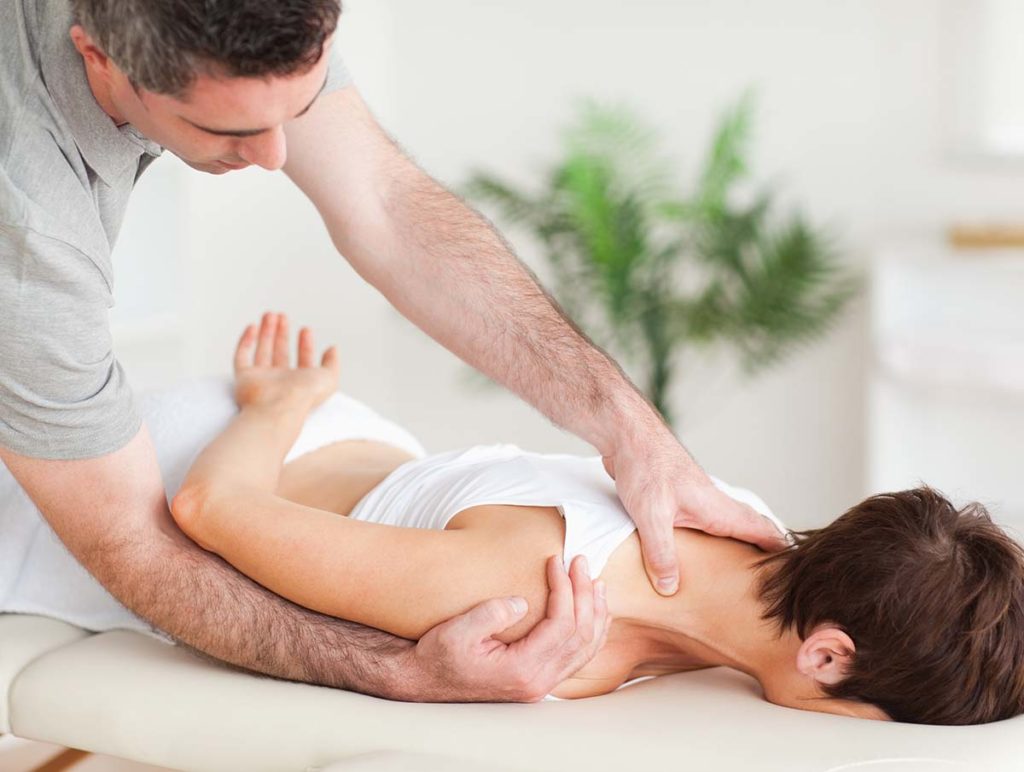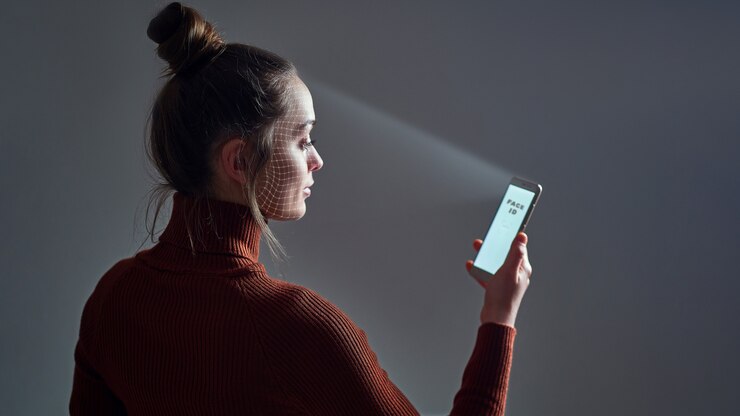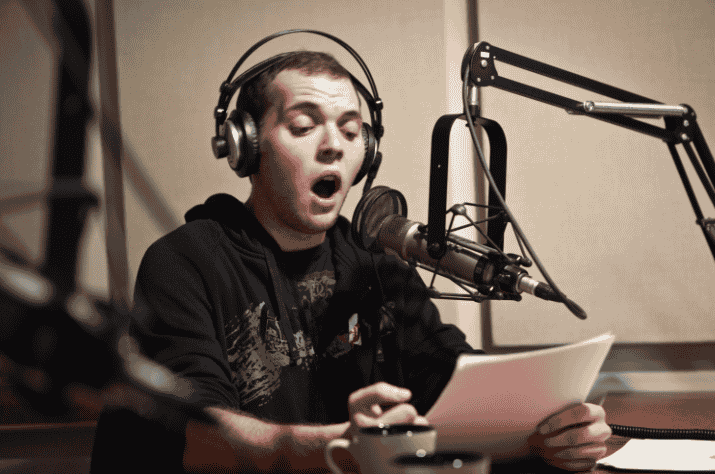Sports recovery has long relied on traditional methods, but digital innovation is rapidly reshaping the way practitioners approach treatment. Swedish sports massage Leeds is becoming a key area where technology and tradition meet, offering improved outcomes for athletes, fitness enthusiasts, and those seeking advanced care. This blend of expertise and technology is creating more efficient, personalised, and effective massage experiences.
Digital Tools Enhancing Massage Techniques
In the past, sports massage relied heavily on manual skill and intuition. Today, digital tools provide therapists with data-driven insights. Wearable devices, for example, can measure muscle activity, heart rate, and recovery times, giving practitioners a clearer picture of what the body needs. Paired with massage sessions, this information ensures treatments are targeted and optimised.
Additionally, handheld massage technology such as percussive devices has grown in popularity. While not a replacement for traditional hands-on therapy, these tools complement Swedish sports massage by helping loosen muscles, reduce soreness, and accelerate recovery in between professional sessions.
The Role of AI and Personalised Care
Artificial intelligence is now entering the massage field, particularly in developing customised recovery plans. By analysing data from wearables, apps, and client history, AI-driven systems suggest the ideal frequency, intensity, and duration of Swedish sports massage treatments.
In Leeds, therapists are increasingly integrating these insights into practice. This shift not only improves the precision of treatments but also empowers clients to better understand their body’s needs. Personalised care goes beyond the massage session, offering recommendations on stretching routines, hydration, and rest patterns to maximise recovery benefits.
Leeds as a Hub for Innovation
Leeds has become a hub where sports science and digital health technologies converge. Many local practitioners are adopting advanced equipment and digital platforms to enhance their services. Swedish sports massage Leeds sessions are often supported with motion-tracking tools and recovery monitoring apps, which allow both therapist and client to track progress over time.
For athletes and sports teams in the city, this combination of traditional massage with modern technology is invaluable. It ensures a holistic approach that covers immediate relief, long-term prevention, and performance optimisation. The city’s investment in health and wellness infrastructure also contributes to making Leeds a leader in adopting such advanced practices.
Virtual Consultations and Remote Support
Another key transformation is the rise of virtual consultations. While massage itself requires physical presence, initial assessments and follow-ups can often be carried out online. Video consultations allow practitioners to evaluate posture, discuss symptoms, and provide guidance before or after in-person sessions.
In addition, mobile applications provide guided self-massage routines and recovery advice. This approach is particularly beneficial for those who may not always be able to visit a therapist in Leeds but still want to maintain consistent recovery practices.
Data-Driven Performance and Recovery
Technology is also changing how recovery outcomes are measured. Previously, clients relied on subjective feelings of relief. Now, performance tracking apps and recovery dashboards present measurable data on muscle performance, flexibility, and reduced injury risk.
When combined with Swedish sports massage, this information creates a clear link between treatment and progress. Athletes can monitor how their massage sessions translate into better performance, while therapists can refine their approach based on concrete evidence.
Future of Swedish Sports Massage in Leeds
Looking ahead, the integration of virtual reality, robotic assistance, and even biofeedback systems may further elevate sports massage practices. For example, VR environments can be used to create calming settings during recovery, while robotic massage systems may assist therapists in handling repetitive tasks, allowing them to focus on more complex techniques.
In Leeds, the adoption of these innovations is expected to continue growing. The city’s sports culture, supported by universities and research centres, positions it as a place where traditional massage practices and advanced technologies evolve together.
Conclusion
The essence of Swedish sports massage remains rooted in hands-on expertise, but technology is reshaping how it is delivered, monitored, and experienced. From wearable data to AI-driven care plans, Leeds is at the forefront of this transformation. By combining timeless techniques with cutting-edge innovations, Swedish sports massage now offers more precise, efficient, and personalised outcomes than ever before—ensuring that recovery is as much about science as it is about skill.





